The International Physicists’ Tournament: a shortcut to research for undergraduate students
Published in Physics
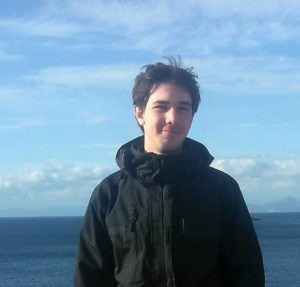
The traditional undergraduate degree curriculum delivers a wide range of skills by putting what students learnt through tests and exams. Flicking through my PhD lab books and small notepads of the last year has made me realize that the style of assessment and learning does not simulate all the skills and experiences, which we are thrusted into during postgraduate or industrial research. Counting at least 40 graphene nanodevices with a big red ‘X’ at the end marking the device’s breakdown, preparing for potential questions from a particular academic at an international conference and bracing myself for upcoming harsh referee comments are but a few of the encounters which require a different mentality or skill set than those taught at the undergraduate level. Although undergraduate degrees provide include projects or internships, students are still operating within safe boundaries, following mark schemes and being well guided by project supervisors.
Extra-curricular activities can close the gap in skills and experiences which the traditional curriculum may fail to fill. Indeed, it can often be the case where employers have looked towards extra-curricular experiences to decide on hiring [Stuart, 2011]. Looking back on my undergraduate years, I am very thankful for the extra-curricular activities that I could chase after to expand my experiences and skills beyond those taught in my course, be it the part-time work or sitting in student committees. However, if someone were to ask me where I learnt the most from for my PhD, I would not hesitate to bring up the International Physicists’ Tournament (IPT). Here, undergraduate students have 8-9 months to solve open-ended and unsolved problems in physics, experimentally and theoretically, and then both present and defend their solutions at a research conference style event. This competition type is gradually being lauded as the ‘World Cup of Physics’ [Plesch, 2017].
The tournament and its principles
Having started a little over ten years ago between Russian and Ukrainian universities, the tournament has since grown – and continues to grow – to include almost 20 countries and at least 100 institutions worldwide such as EPFL, Dartmouth College, Ecole Polytechnique and the University of Erlangen-Nuremberg.
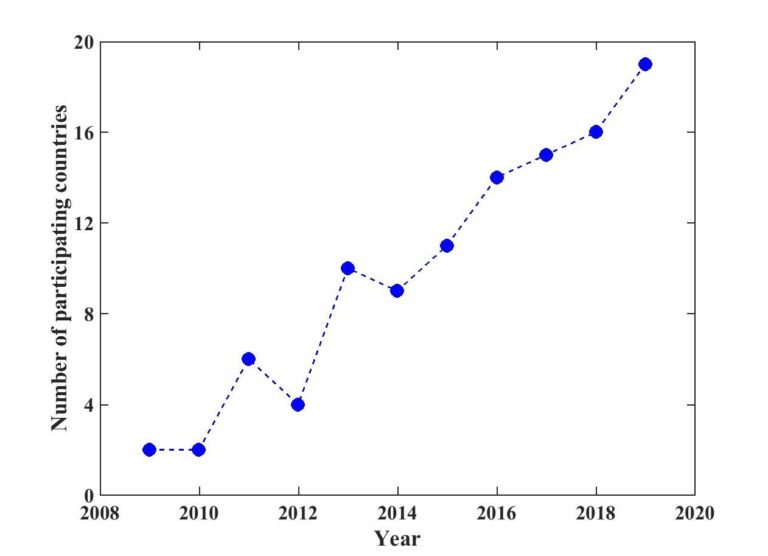 After each tournament, a call for problem suggestions is made to members of the public. The suggestions form a long-list, which is then shortened down to a short-list of around 50 problems by a panel of international research academics based upon simple criteria. A problem which is accessible to all financially and in terms of availability in their country, solvable with an experimental and theoretical component, provides for intriguing physics and has not previously been solved in literature will generally be accepted. The short-list is then voted on by the international community, with the top 17 forming the final list.
After each tournament, a call for problem suggestions is made to members of the public. The suggestions form a long-list, which is then shortened down to a short-list of around 50 problems by a panel of international research academics based upon simple criteria. A problem which is accessible to all financially and in terms of availability in their country, solvable with an experimental and theoretical component, provides for intriguing physics and has not previously been solved in literature will generally be accepted. The short-list is then voted on by the international community, with the top 17 forming the final list.
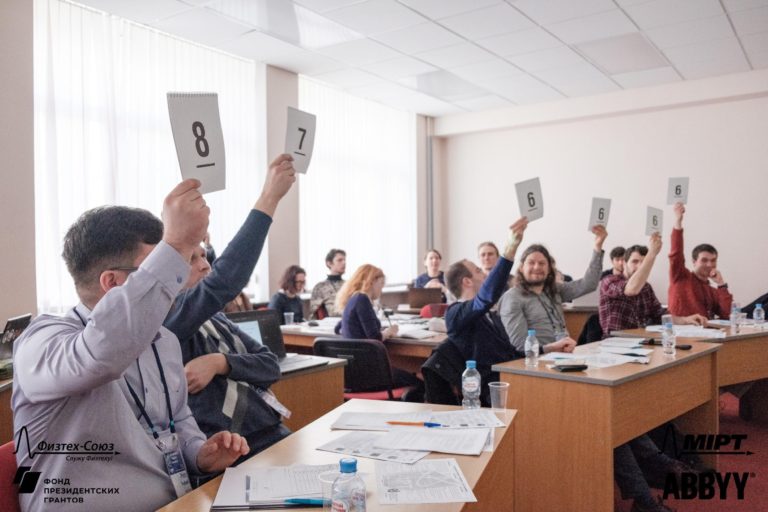
Jury allocating marks at the end of a round.
ALEXANDER LOMAKIN, MIPT, RUSSIA
During the tournament, teams will engage in numerous fights. In each round of the fight, three teams will get together, with one holding the position of the reporter, another the opponent and the third the position of the reviewer. The opponent first challenges the reporter to one of the problems. The reporter will then present their work on the accepted problem to the audience and other teams. The opponent follows with a presentation of their criticism of the reporters work and the two sides engage in a brief debate on the reporters solution. The reviewer then steps in to summarize the debate and to redirect it to help the teams find a more viable solution based upon the reporters work. By the end of the round, the jury – typically a panel of research academics and PhD students – assigns their marks out of 10 to each team. The process is repeated until each team has held all three roles.

Danish participant presenting their solution.
ALEXANDER LOMAKIN, MIPT, RUSSIA
After a series of fights, the top ranked teams will face each other in two separate semifinals whose result will determine the three teams taking part in the final. Due to the continued expansion of the tournament, a qualification stage may be needed. This stage involves teams sending in a research style article to a panel of independent international researchers. Further expansion within member countries has now also resulted in domestic tournament being held to determine which institution has the privilege of representing their own country.
Example: the ink-tree problem
An example of a problem from the 2018 edition was to find the maximal number of ring divisions when a drop of ink is injected into a body of still water, and to determine the important parameters driving this phenomenon. This problem demonstrates to participants the multi-faceted nature of scientific problems, from thermodynamics to fluid mechanics and physical chemistry, which may not be gained elsewhere during their undergraduate degree.
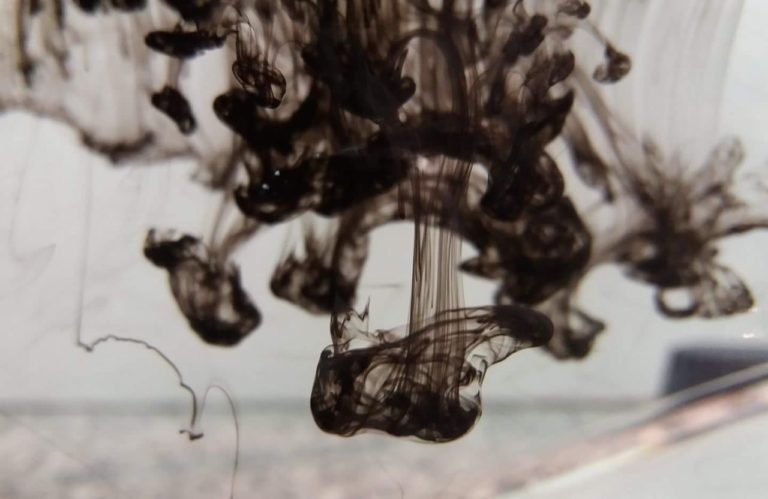
A close up shot of an ink-tree created
by the Brazilian team.
PROFESSOR ANTONIO ALVARO
RANHA NEVES, UFABC, BRAZIL
What was particularly interesting from my perspective as member of the jury was the variety of solutions found for the same problem. Due to the open ended nature of the problems, some participants may focus on a hypothesis they have deemed to be more likely to be correct. For example, some teams had considered temperature as a leading factor for the ink-tree problem, while others had focused more on the effect of the interface layer between the water molecules and the ink.
Benefits to the participants
From my own experience, I adored the tournament and what it gave me. As a former participant and now as its president, it pleases me to read through feedback, outcomes and media comments showing that I was not alone.
Now being part way through my PhD, I accept that failures and breakdowns are inevitable occurrences and not every idea will work according to plan. Learning to reflect upon those failures, try again and move on is a key to success. The IPT simulates this same experience due to the open-ended and unsolved nature of the problems. Furthermore, these problems may even be out of the field of expertise of most academic staff in the student’s department, leaving the student to be more independent in collecting the necessary information. A few participants – such as Carl from Sweden – remember this as one of the toughest moments during the tournament:
“Not every experiment is successful. It can be hard to put in all hours that is needed to build new equipment when the old is not good enough.”
Networking is a big factor in research, be it for obtaining your next job or for establishing a new collaboration. Through the close interactions via socials and the presentations, participants can get to know attending researchers better, and in some cases, be able to organize their own internships or next steps in their education/career. One previous participant – Sebastian from Italy – had mentioned this as one of the best aspects of the tournament:
“When I first joined the IPT, I thought it would be just a side activity in my University studies, but it turned out to be much more than that. I got to know an incredible number of people during this years, each of them coming from different environments and specializations. And it’s thanks to one of them that I had the golden opportunity to undertake a breathtaking stage at the European Synchrotron Radiation Facility.”
Reading through the principles of the tournament, it is obvious that verbal communication is a major skill learnt and developed through participation. What makes it more challenging than a degree project viva is the unusual audience. Perhaps for the first time, the student has to present their year work to an international audience of their opponents, academic experts and lay public.
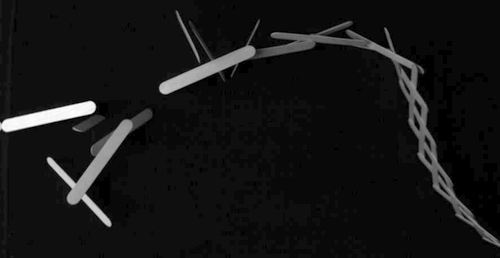
The popsicle stick cobra wave.
PHYSICAL REVIEW LETTERS (2017). DOI: 10.1103/PHYSREVLETT.119.084301
There is also an opportunity to develop written communication beyond what a student may go through in their undergraduate course. Since the problems have been unreported in literature, this has provided an opportunity for teams to be able to publish their work in impact-wielding journals. A notable example is the work from the 2016 team from Ecole Polytechnique on the popsicle stick cobra [IPT, 2016]; the team managed to publish their work in Physical Review Letters and the article became an editor’s pick for the American Physical Society’s Focus articles [Boucher, 2017].
The interest of the participants in writing inspired the creation of an undergraduate focused journal, Emerging Scientist (Em. Sci.), where students can publish their work even with dead ends [Suchet, 2017]. This allows them to get a taste of the essential – yet perhaps also grueling – heart of research: peer review. The journal has expanded beyond the tournament and has set forth to give students undertaking their bachelors/masters project the opportunity to experience peer-reviewed publishing of their work [Pearson, 2018].
I would like to finish by giving my many thanks to the committees for helping to make the tournament happen each year. I would especially like to thank the participants for their enduring enthusiasm, impressive efforts and their continued source of inspiration; proving that you can perform amazing achievements at any age or position.
If you are interested in seeing the tournament first-hand and meeting some of our bright and fantastic students, the next edition will be held at EPFL in Lausanne, Switzerland from the 21st to the 26th of April. For more information about the tournament, please visit iptnet.info or send your enquiries to d.collomb@bath.ac.uk.
References
[Stuart, 2011] Stuart, Mary, Catherine Lido, Jessica Morgan, Lucy Solomon, and Steve May, “The Impact of Engagement with Extracurricular Activities on the Student Experience and Graduate Outcomes for Widening Participation Populations,” Active Learning in Higher Education 12(3), 203-215 (2011).
[Plesch, 2017] Plesch, Martin, F. Eller, C. Kanitz, J. Landgraf, A. Raab, and S. Selbach, “The International Young Physicists Tournament,” Eur. J. Phys. 38(3), 034001 (2017).
[IPT, 2016] IPT 2016 problems page showing the popsicle stick cobra problem <http://2016.iptnet.info/list-of-problems/> (2016).
[Suchet, 2017] Suchet, Daniel, “International Physicists’ Tournament 2016: the origins of EmSci,” Em.Sci. 1, E2 (2017).
[Boucher, 2017] Boucher, Jean-Philippe, Christophe Clanet, David Quere, and Frederic Chevy, “Popsicle-Stick Cobra Wave,” Phys. Rev. Lett. 119(8), 084301-1-084301-5 (2017).
[Pearson, 2018] James Pearson, Clara Pennock, Tom Robinson, “Auto-detection of strong gravitational lenses using convolutional neural networks,” Em.Sci. 2, 1 (2018).



Please sign in or register for FREE
If you are a registered user on Research Communities by Springer Nature, please sign in